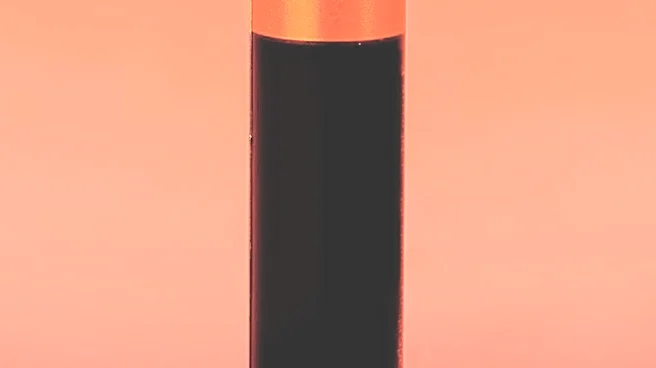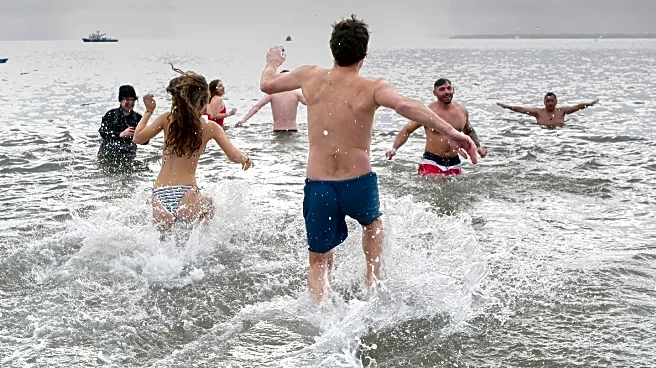What's Happening?
A recent survey conducted by Hinge, involving over 10,000 participants, has revealed insights into the average duration of social interactions before individuals feel socially exhausted. The survey found that 38% of respondents experience signs of social fatigue,
such as losing energy and feeling overstimulated, after just 2-3 hours of socializing. This timeframe, referred to as the 'social sweet spot,' aligns with observations from therapists who note that this duration is often sufficient for engaging in enjoyable activities without feeling overwhelmed. The survey highlights the variability in social endurance, influenced by factors such as the nature of the social interaction and individual personality traits.
Why It's Important?
Understanding the average duration of social interactions before fatigue sets in is crucial for both individuals and mental health professionals. It provides a benchmark for recognizing when social engagements may become taxing, allowing individuals to better manage their social schedules and avoid burnout. For therapists and counselors, these insights can inform strategies to help clients balance social obligations with personal well-being. Additionally, this information is valuable for event planners and social organizers in creating environments that cater to varying social endurance levels, potentially enhancing participant satisfaction and engagement.
Beyond the Headlines
The concept of a 'social sweet spot' underscores the importance of recognizing personal boundaries and the need for self-care in social settings. It highlights the cultural shift towards valuing mental health and the acknowledgment that social interactions, while beneficial, can also be draining. This awareness can lead to more empathetic social practices and the normalization of taking breaks or setting limits during social events. As society becomes more attuned to mental health needs, such insights could influence how social interactions are structured and perceived.













